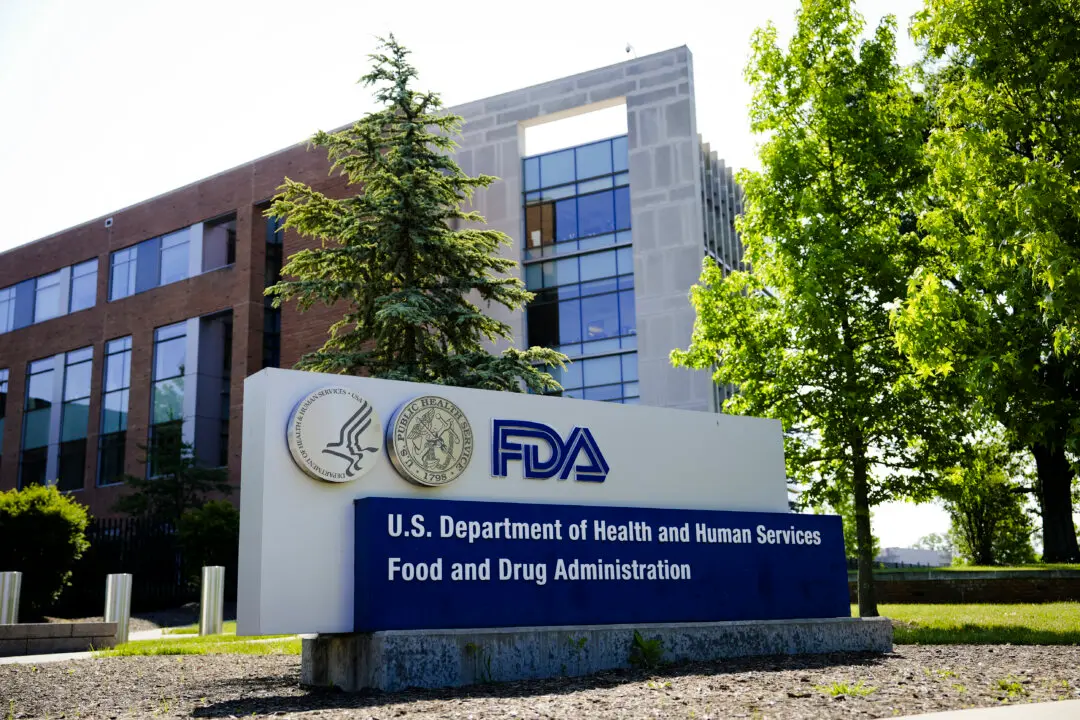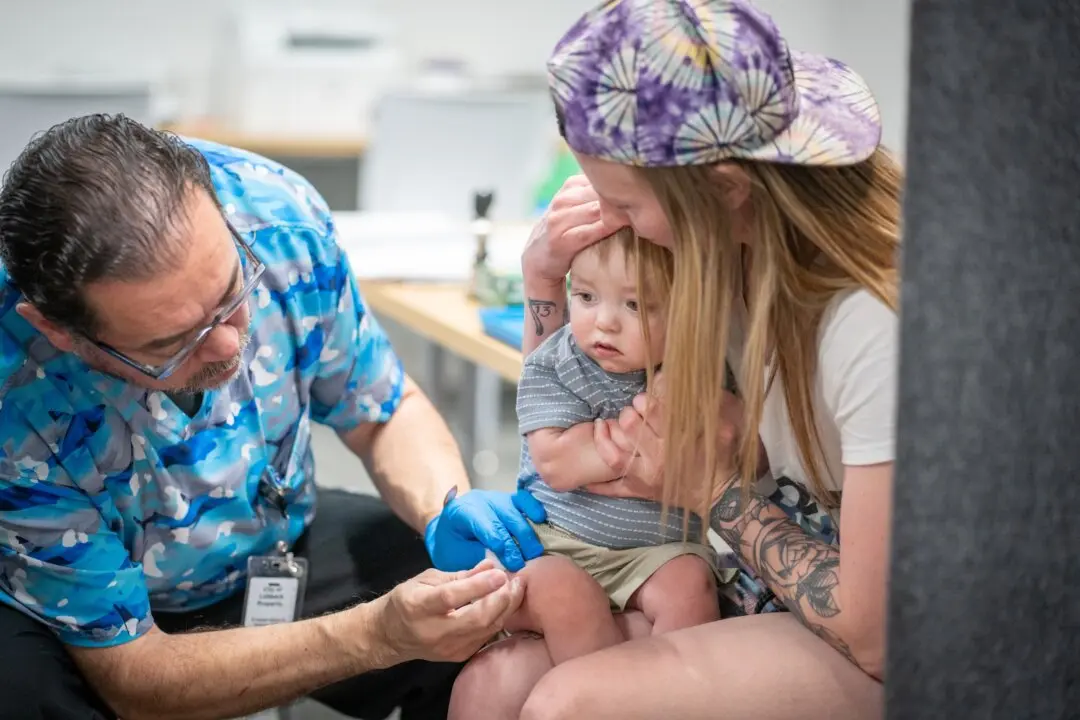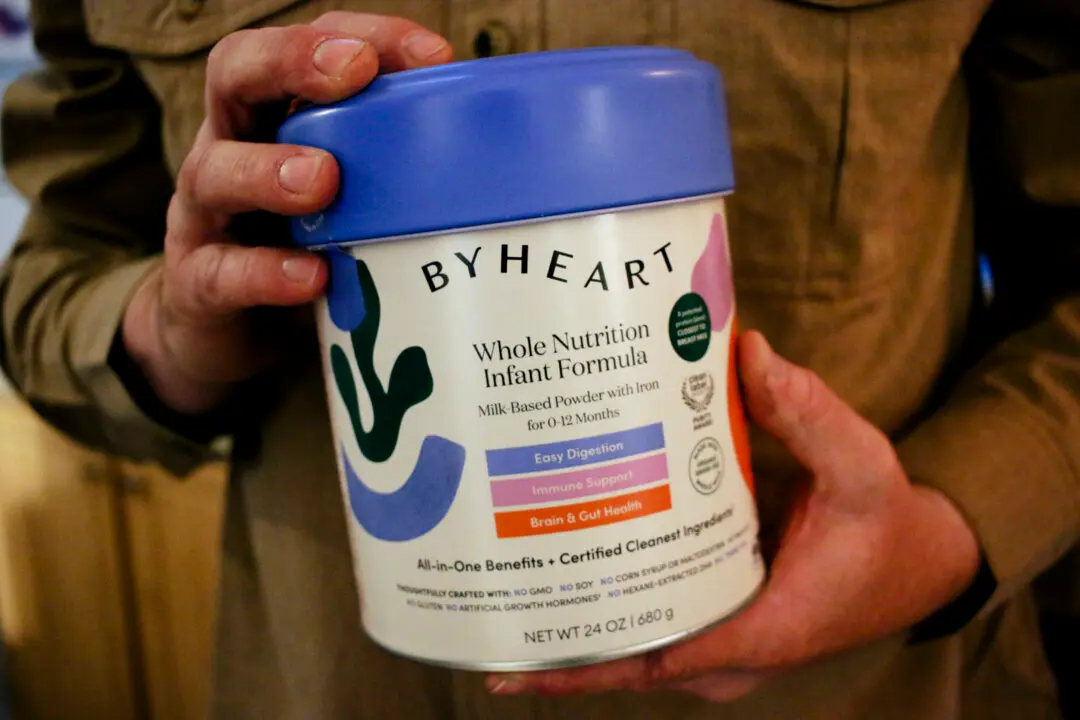President Joe Biden’s $1.9 trillion COVID-19 relief proposal, which congressional Democrats are moving to pass, would give nearly $3,600 in direct payments and other benefits to the poorest Americans, according to a new analysis.
Households making less than $21,300 would see an average boost of $3,590, the Institute of Taxation and Economic Policy (ITEP) said. The figure comes from a combination of three components of the proposal: a $1,400 stimulus check and the expansion of two tax credits, one for parents and another for those bringing in little income.





